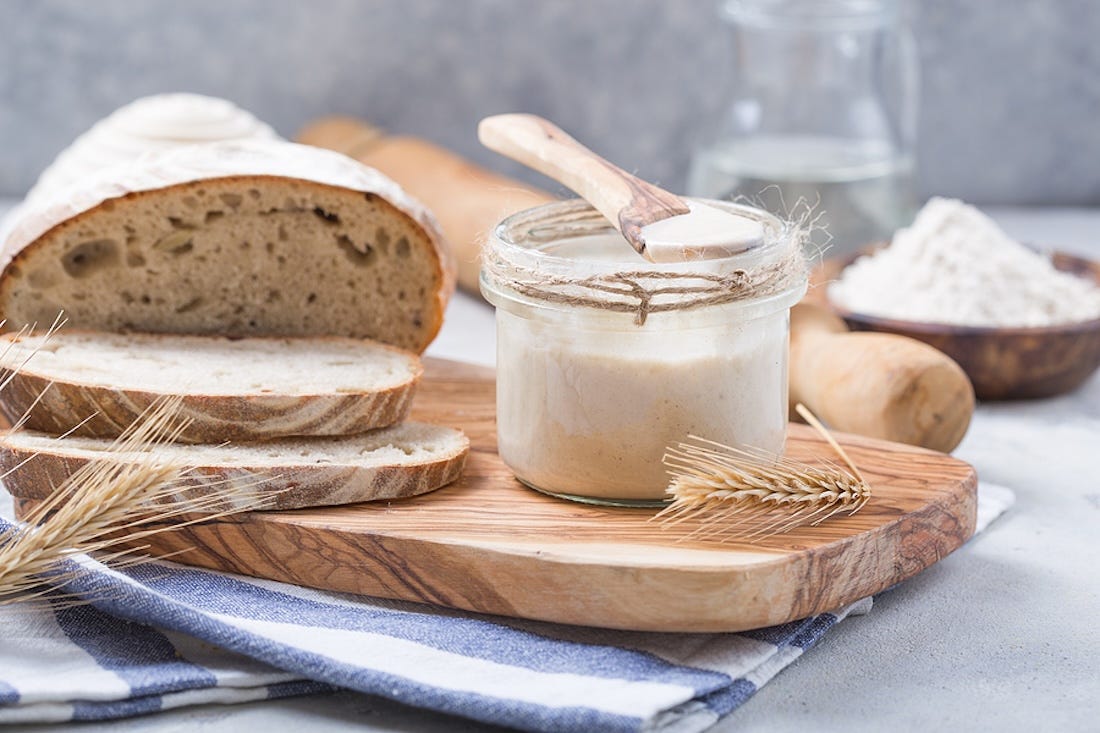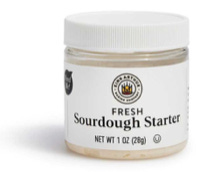The Impossible Dream: Baking Your Own Sourdough Bread
It is not impossible to bake that tasty sourdough bread in your kitchen, but there are challenges.
Let me say it upfront: The headline is meant to be ironic. Let me also caution you that this post does not offer a foolproof, easy-to-follow recipe, even though I have a recommendation for novices on the topic. However, listening to the baking artists (which I am not) creates many obstacles to overcome, including their well-intentioned but misleading tips and tricks that complicate matters and kill the fun of baking bread. I intend to help by sharing my experience of simplifying the process.
About a year ago, I rediscovered my passion for bread baking. I had moved just a few miles north from Massachusetts to Vermont, just far enough to cut me off from my valuable bakery products. I have been known for driving 30+ miles for a good loaf of sourdough bread, but now it was time to take matters into my own hands.
After several months of intense research and multiple tries with varying success, I am more than satisfied with the results. However, the road to success was rockier than expected, and I only got there by returning to the basics while wasting too much time trying to be perfect.
The Problem and the Solution
The ingredients for bread baking are simple and familiar: flour, water, salt, and yeast. In the case of sourdough bread, you replace the yeast with a sourdough starter (some recipes call for both). These ingredients are readily available in your local supermarket. But what about the sourdough starter? No problem! You can make your own! Creating it takes only weeks, if not months, and the process is not straightforward.
On a side note: Multiple videos on YouTube or other online sources promise the “easiest no-knead sourdough recipe,” and they all refer to “See my other video on how to make a sourdough starter,” which defies the “easy” aspect.
As I wrote, after some time of trying, I returned to the basics because most of the problems I encountered involved an underdeveloped sourdough starter.
If you are passionate about baking sourdough bread and need a good head start, I recommend the King Arthur Classic Fresh Sourdough Starter (I am not affiliated with King Arthur and am not compensated for recommending them). Activating the sourdough starter still takes a few days, but the method described is foolproof. The starter also includes a little pamphlet with instructions and, after all, recipes. I followed all of them, and they worked like a charm.
Finally, this gave me a good head start and motivated me to explore more recipes and improve my baking techniques.
The Challenge of Baking Sourdough Bread
I want to start with an issue I wasted too much time on. Most experts are obsessed with the “oven spring,” which distinguishes a good loaf of bread from a great one. Bread rises rapidly during the first 10-15 minutes of baking. Bakers call this rise “oven spring,” and they believe perfecting it is mandatory. That includes, among other things, the correct scoring of the bread: not too deep, not too shallow, and at the right angle.
Consequently, you must inspect your baked sourdough loaf to determine what went wrong. The loaf is under-fermented, over-fermented, underbaked, overbaked, slightly over-fermented, slightly under-fermented, baked too hot, baked not hot enough. There was a lack of steam. The dough lacks the necessary strength. Which one applies to my loaf, you may ask? Well, all of them.
The sourdough bread-baking process is indeed influenced by various factors, such as the environment (humidity, temperature), the type of flour you use, the protein percentage, the sourdough starter percentage, the hydration level, the quality of your water, the baking equipment and tools, and more. Understanding these factors and how they interact is vital to mastering the art of sourdough bread baking. That also includes knowledge of the interaction between acid and bacteria… Okay, let’s stop right here.
The goal is not to be an artist but to bake some bread (as our ancestors did, without the scientific background). Let me repeat. I went back to the basics. The recipes worked. The results may not always be as perfect as the experts demand, but they look and taste great.
The point is to have fun baking and enjoy the result. Don’t overthink it. Once you have a basic grasp on how things work, do more research.




